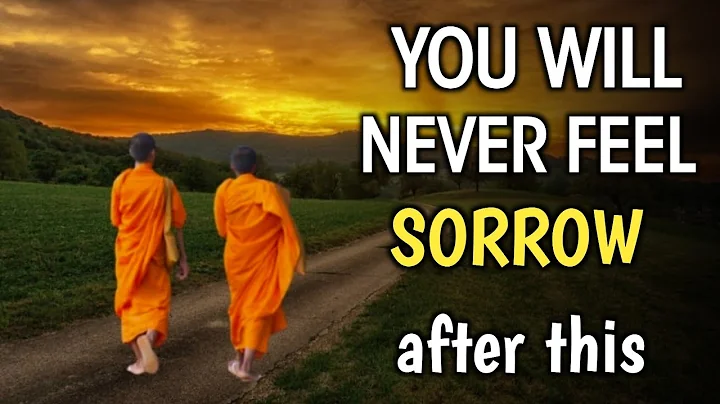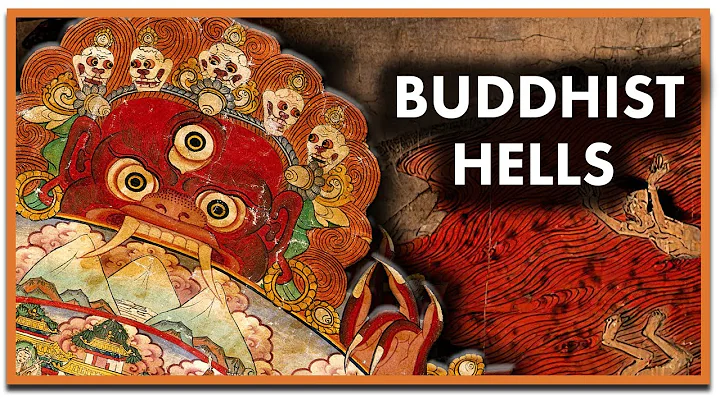The Bodhi Liuzhi of Changshou Temple in Luojing, Tang Luojing

Explanation of Bodhi Liuzhi, a South Indian, Brahmin castes, surnamed Kashyapa. At the age of twelve, he became a monk from heretics, studied Porasahra, studied statements and monks' remarks, and understood everything from calendars, mantras, yin and yang, prophecies and divination, , etc. At the age of 60, he met Yeshe Qusha, the Mahayana Theravada monk, and conceded his defeat in the debate and then changed to Buddhism. Living in seclusion in the valley and practicing the practice of Touta. At first, he studied the sutras and treatises based on Yeshe Qusha's Tripitaka, and then traveled to the five seals and listened to the Dharma table. Emperor Gaozong of Tang Li Zhi heard of his reputation and sent an envoy to welcome him to China in the second year of Yongchun (683 AD). During the reign of Wuhou, he was even more respected and ordered to live in Fuxian Temple in Luoyang to translate the sutras of "Buddha Realm", "Baoyu", and "Avatamsaka Sutra", and eleven pieces.

In the second year of Shenlong in Zhongzong (706 AD), he moved to Chongfu Temple in Xijing ( Chang'an ) and translated the "Dabao Ji Sutra". Zhongzong died, and Ruizong succeeded to the throne and ordered him to continue his translation at Bailianchi and Ganluting in Beiyuan. After the scripture was translated, the emperor personally wrote the preface for it. This sutra has 49 new and old, totaling 120 volumes. The translation was completed in the second year of Xiantian (713 AD) and was submitted to the emperor on April 8. In this translation field, monk Sizhong, the great leader of the Indian Zhu, and others translated Sanskrit. The monk Boruoquduo and the monk Bodhidharma proved the Sanskrit meaning. monk Lu Fang, Zong Yi, Huijue, and Shu Shen Liang, Sheng Zhuang, Chen Wai Wai, and Huaidi proved the Sanskrit meaning. The monk Chengli, Yunguan, Shen Ming, and Tao Ben are written. In addition, there are Lu Can, the official of Runwen, Xu Jian, the bachelor of the school, Su Ying, the servant of the school, Cui Yu, the minister of the school, Zhongshu Menxia, the third rank, Lu Xiangxian, , Shangshu Guo Yuanzhen, , Zhongshu Ling Zhang Shuo , Shizhong Wei Zhi ancient , Confucianism and Buddhism, the two schools of thought, together they join in and work together to complete the translation. Although the translation of the "Dabao Ji Sutra" has mobilized many people, Bodhi Flow is the most diligent.

The most powerful and lacking is the last sentence of "Every Dharani" translated by ancient and modern times, and it is called "Shahaha". It is not detailed and the mission chapters are different. Some say "Sabah" or "Sabah", which have different names and many are harmonious with Sanskrit sounds, and all have no original intention. This is not because of the inaccurate recitation of the Buddhist monks, but because the author wrote the mistake, which should be corrected by "Shahaha".
In the 12th year of Kaiyuan, Bodhi Liuzhi followed the emperor to Changshou Temple in Luoyang. On November 4, the fifteenth year of Kaiyuan, he advised his disciples to scatter when they were ate for five days, and asked the attendants to scatter, lie down on their right flank, and died suddenly, with a lifetime of one hundred and fifty-six. When the emperor heard the news, he expressed deep condolences and ordered the imperial examination of the Hongluo Minister, with the posthumous title of "Kaiyuan All-All Knowledge Three Treasures". The eunuch Du Huaiseng was sent to guard the funeral, and the money and property required were provided by the inner treasury, so as to ensure that it was given the best. On the day of the burial, flags and banners filled the roads. On December 1, he was reburied on the field northwest of Longmen on the south side of Luoyang , and a tower was raised to erect a monument.








![[English] Who Am I - Lecture 1 - Ven. Guan Cheng - DayDayNews](https://i.ytimg.com/vi/KU0fUs2It5o/hq720.jpg?sqp=-oaymwEcCNAFEJQDSFXyq4qpAw4IARUAAIhCGAFwAcABBg==&rs=AOn4CLDFpQUN_QwRfC7bmP4sUadq-RcYdg)
![A Moving Masterpiece 清明上河图 [English narration] - DayDayNews](https://i.ytimg.com/vi/kxff-4GktOI/hqdefault.jpg?sqp=-oaymwEcCOADEI4CSFXyq4qpAw4IARUAAIhCGAFwAcABBg==&rs=AOn4CLBtHGLeUpJNCYDJYnZTuISQ1N5Vag)


